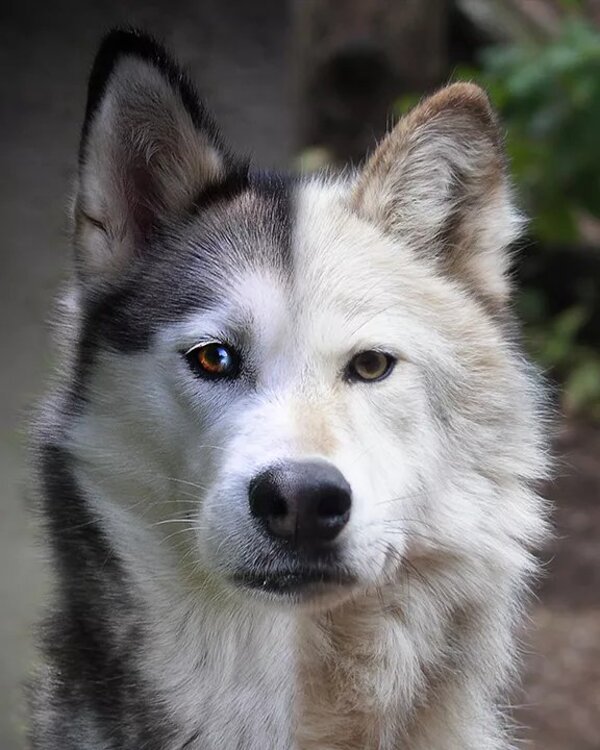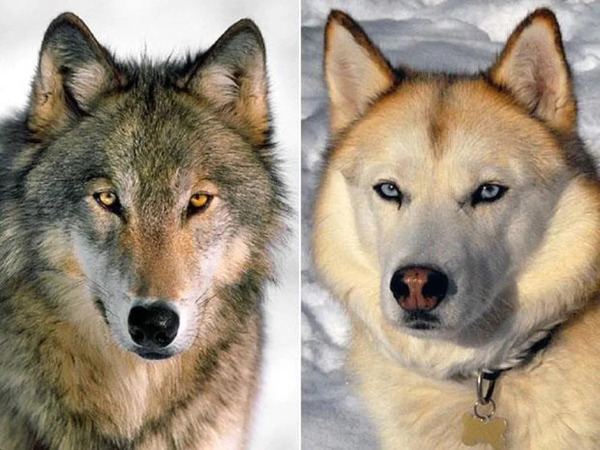Dogs have walked alongside humans for tens of thousands of years, evolving from wild wolves into the affectionate and diverse companions we know today. Their journey from fierce predators to family pets is one of the most remarkable stories in the natural world. In this detailed guide, we explore the fascinating history, roles, and evolution of dogs.

The ancestors of modern dogs (Canis lupus familiaris) are gray wolves (Canis lupus). Scientific evidence suggests that domestication began between 20,000 and 40,000 years ago. This period coincides with the Ice Age when human and wolf interactions likely increased due to overlapping hunting territories.
Archaeological discoveries, including ancient dog remains buried alongside humans, reveal the domestication timeline. The oldest confirmed dog burial, found in Germany, dates back 14,200 years. However, genetic studies indicate domestication could have occurred even earlier, possibly in multiple regions such as Europe, Asia, and the Middle East.
Wolves that were less aggressive and more curious benefited from proximity to human settlements. They scavenged leftovers and, over time, began to form bonds with humans. These wolves were eventually selected for traits like tameness, leading to the gradual evolution of domesticated dogs.
Dogs quickly became indispensable to human life. They served as:
Hunters: Tracking and capturing prey.
Guards: Protecting camps and livestock.
Companions: Offering emotional support and loyalty.
Egypt: Dogs were sacred, associated with the jackal-headed god Anubis, who oversaw the afterlife. Mummified dogs have been found in ancient Egyptian tombs.
China: Dogs symbolized good fortune and loyalty. Chinese mythology includes divine dogs that guarded temples and homes.
Greece and Rome: Dogs were celebrated for their loyalty and bravery. They appeared in art, literature, and even military roles.
The presence of dog remains in human graves highlights their significance. Dogs were often buried with their owners or in ceremonial settings, symbolizing their deep bond with humans.
Over generations, selective breeding and natural evolution transformed wolves into creatures with shorter snouts, softer fur, and smaller builds. These changes were influenced by human needs and preferences.
Dogs are one of the most physically diverse species, ranging from the tiny Chihuahua to the massive Great Dane. Their coat colors, patterns, and textures reflect centuries of selective breeding.
As humans transitioned from nomadic lifestyles to settled farming, they began breeding dogs for specific purposes. These roles included:
Herding Livestock: Breeds like Border Collies and Australian Shepherds.
Hunting: Greyhounds for speed and Beagles for scent tracking.
Guarding: Mastiffs and Rottweilers to protect property.
Today, the American Kennel Club (AKC) recognizes 197 dog breeds, while the Fédération Cynologique Internationale (FCI) acknowledges over 340 breeds worldwide. Each breed is tailored to different lifestyles and tasks.
Dogs have evolved to understand human emotions, often mirroring our feelings. They use body language, vocalizations, and facial expressions to communicate, making them uniquely attuned to our needs.
Studies reveal that interacting with dogs increases oxytocin, the "bonding hormone," in both humans and dogs. This mutual benefit explains why dogs are so integral to our emotional well-being.

| Era | Key Events |
|---|---|
| 20,000–40,000 Years Ago | Wolves begin interacting with human hunters. |
| 14,000–15,000 Years Ago | First domesticated dogs appear in archaeological records. |
| 10,000 Years Ago | Dogs become vital to agricultural societies for herding and guarding. |
| 2,000–5,000 Years Ago | Dogs gain cultural and symbolic significance in ancient civilizations. |
| Modern Era | Breeding programs create diverse dog breeds tailored for specific roles. |
Dogs continue to play critical roles in society, including:
Service Dogs: Assisting people with disabilities.
Therapy Dogs: Providing emotional support in hospitals and schools.
Search and Rescue Dogs: Locating missing persons during disasters.
Police and Military Dogs: Detecting explosives, drugs, and aiding in law enforcement.
While many dogs still work, most are cherished as pets, offering unconditional love and companionship.
Dogs have influenced human culture, health, and happiness in profound ways:
Physical Health: Dog owners are more likely to engage in regular exercise.
Mental Health: Dogs reduce stress, anxiety, and depression, providing comfort during tough times.
Social Connections: Walking a dog can lead to social interactions and friendships.
The history of dogs is a testament to their adaptability, intelligence, and enduring bond with humans. From wild wolves to devoted companions, dogs have walked alongside us, evolving to meet our needs while enriching our lives.
Whether serving as working partners, guardians, or beloved pets, dogs continue to demonstrate why they truly are man's best friend.
We created this article in conjunction with AI technology, then made sure it was fact-checked and edited by a Animals Top editor.